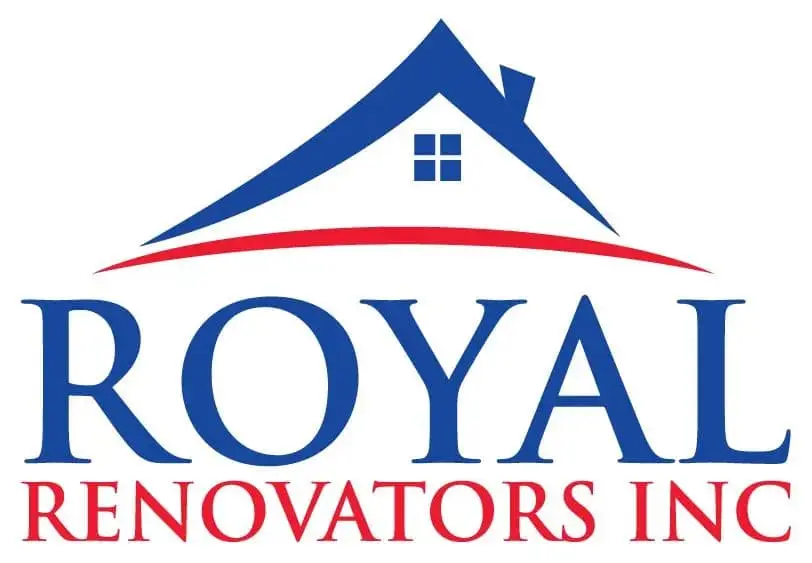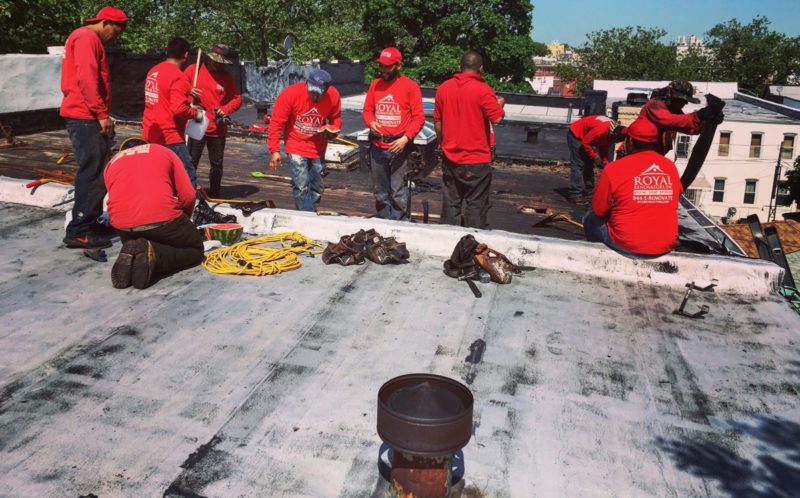- November 26, 2018For most of us, roofs are just “that thing on top of the building.” But it’s not as simple as…
- November 21, 2018Deciding on the type of flat roof most suitable for your property can be difficult. One type of material that…
- November 12, 2018Hold on, Rolled roofs? Yup. We live in an age where we have created roofing material that can be rolled…
- October 19, 2018For those of us who’ve been drawing our houses with a pointy, slanted roof ever since kindergarten, the very idea…
- October 9, 2018You have a flat roof and time on your hand, and you’re unsure how the two may complement each other.…
- August 22, 2018If you have ever been to the Big Apple’s most populous borough of Manhattan or “The City,” as it’s locally…
"Roofing, Siding, Exteriors"
Licensed & Insured. NYC Lic. #2030146




